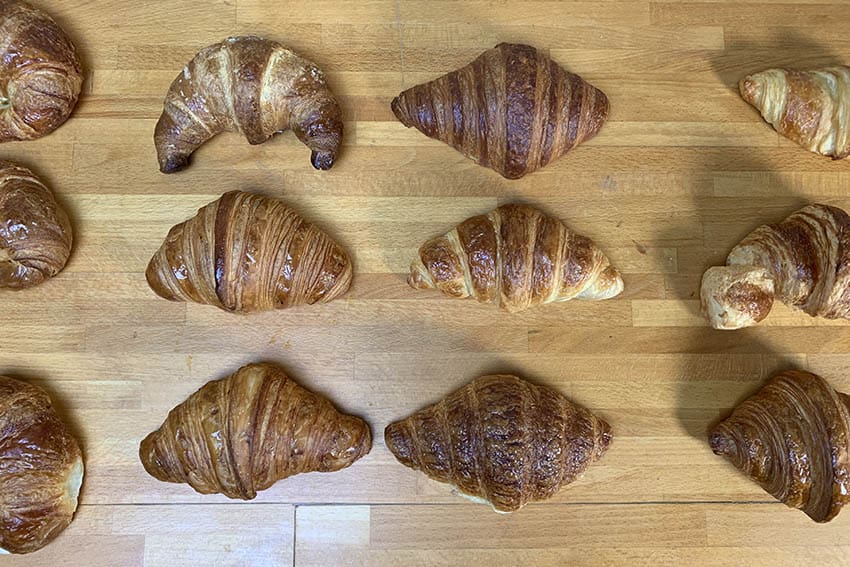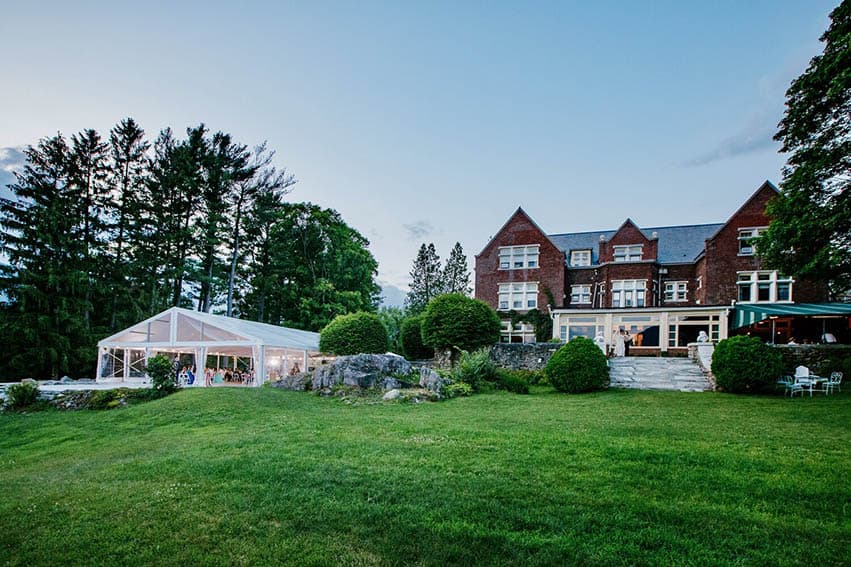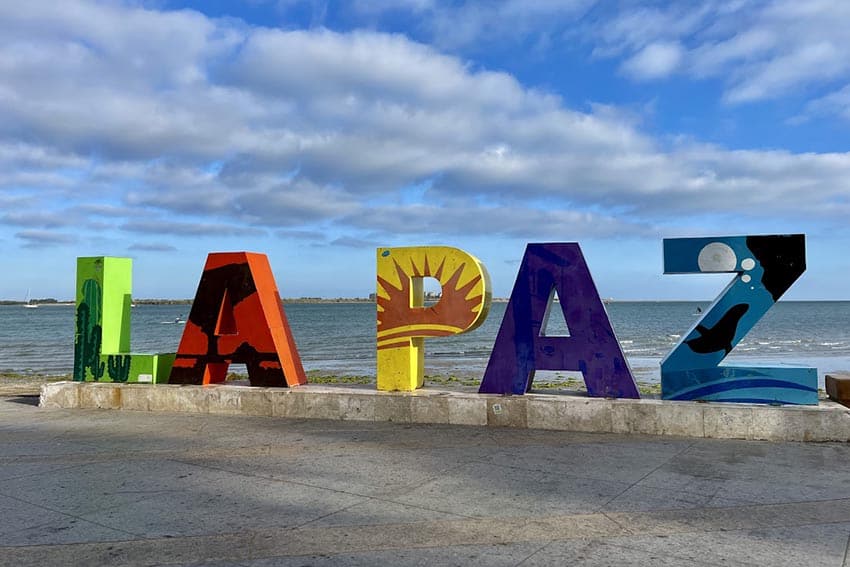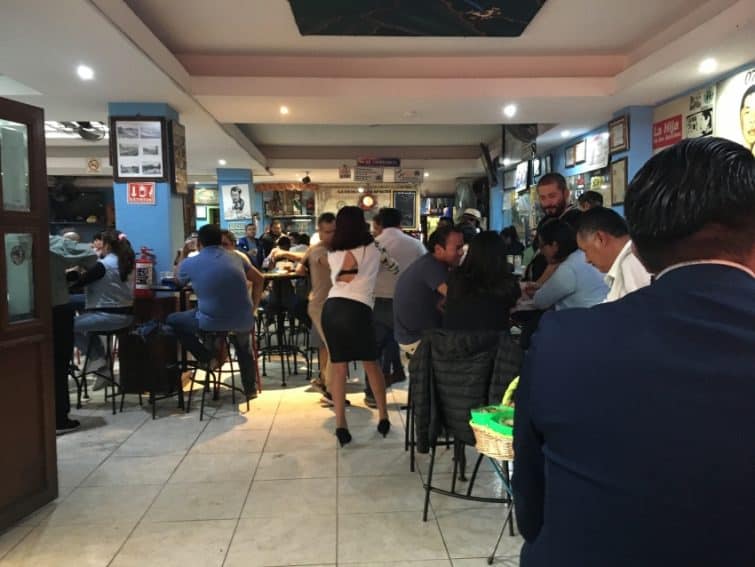
An Ancient Eating Guide to Mexico City
By Kathleen Ahamed-Broadhurst
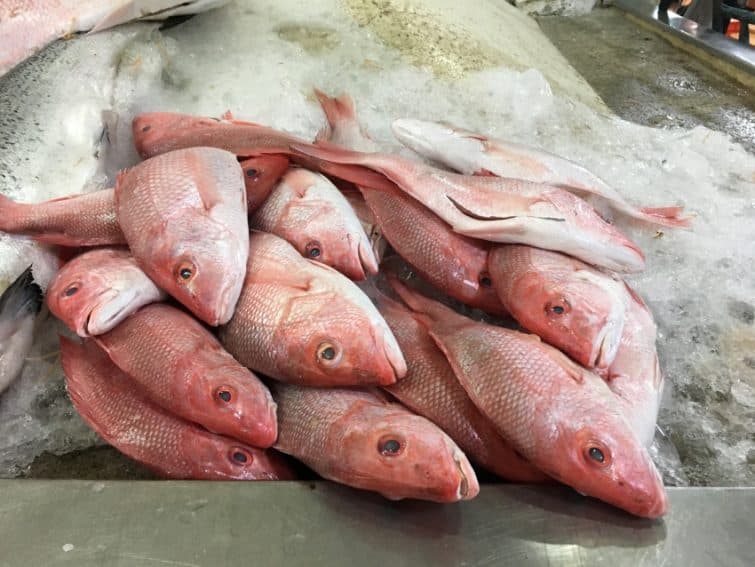
It is a sure thing that one of the best ways to get to know a city is to eat it. Of course, in the once ancient, now modern mega-city that is Mexico City you can find Japanese ramen to Italian white cloth restaurants and everything in between.
If you want to get close to the heart of the place however, you need to dig into Mexico’s gastro history. Before Mexico City was Mexico City it was the Aztec Empire’s capital Tenochtitlán. You can still get to Tenochtitlán and the living Aztec culture in many parts of the city and on many of its plates.
Natural Floating Barges
For three hundred years the Aztec cultivated crops on chinampas, natural barges that floated on the great lake that was once under where the city now stands. These allowed for multiple harvests in a year, providing the crops with a regular water supply and diverse plant and animal life.
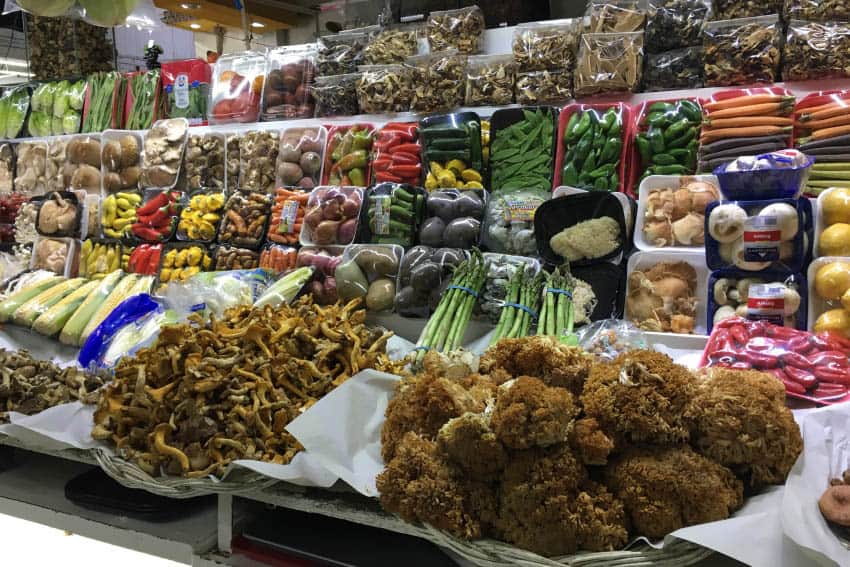
This way of life still exists in parts of Xochimilco and a significant amount of produce consumed in the city is grown within the city limit. Produce like avocados, cocoa, flowers, honey, insects, and fragrant herbs all would have been as common in the ancient Aztec markets as they are today.
In these local ingredients lay breadcrumbs to the past. Many of the key ingredients and staples of culinary life have survived from the days before the Spanish arrived.
A number of the ingredients and dishes found in Mexico City have semi-spiritual connotations and links to Aztec beliefs and ritual. By eating them and cooking with them you can get a better understanding of the living culture around you in one of the most vibrant cities on earth.
Mexico City’s Mole
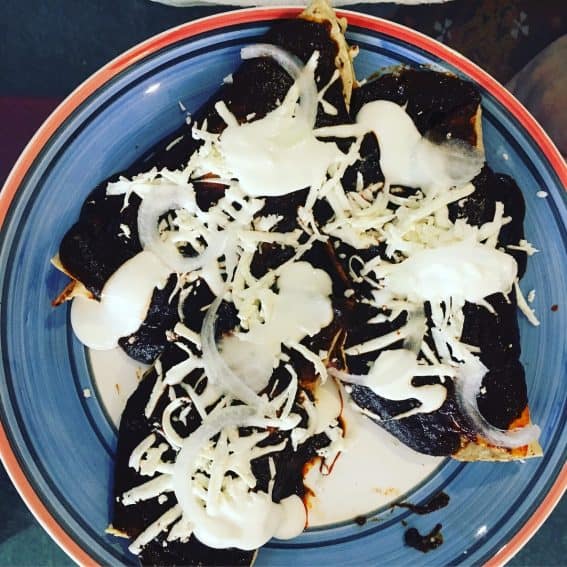
There are whole books written on the subject of mole, so this really only scratches the surface of the topic. Mole is quite simply, sauce.
There are many different varieties ranging in a rainbow of hues, from the dark maroon of Mole Poblano to the spring green of Mole Verde and the clean white of Mole Blanco.
Mole reaches its height in Oaxaca, a region some several hours to the south of Mexico City on the Pacific coast. Mexico City, however, like all great cities, collects the best from all over the country. Therefore it is possible to find amazing mole without leaving the metro area.
Amanda Nefer teaches a class on mole Poblano. To call it a class is to sterilize the experience, however. Nefer takes you into her home in the artist neighborhood of Coyoacan and invites you to cook her abuela’s (grandmother’s) own Mole Poblano.

The lesson feels like making a holiday meal at home. With the help of tequila (which she liberally pours), in no time you feel like family.
You learn the old way, hands-on. Roasting, mixing and stirring the ingredients of which there are many. Sesame, chocolate, raisins, almonds, walnuts and more go into this iconic dish.
According to Nefer, the origin of the dish lies with nuns who needed to whip up a dish for a bishop in a hurry. Scrambling into their cupboards they pulled out whatever they had and the result was Mole Poblano. The end result is delicious and the memory lingers for a long time, but be warned, the recipe itself isn’t written down so don’t drink too much!
Of course, if you are committed to the mole experience then a must-stop is the famous Pujol, whose iconic mole has been cooking for over four and a half years. Although this method of cooking isn’t traditional per se, the long-stewing of the sauce imparts it with an unbelievably dark color and flavor.

The whole menu is an experience in pre-Hispanic cuisine and worth stopping in if you can get a table. For me, however, Nefer’s homemade mole was more enjoyable to eat!
Edible Insects
Scorpions, worms, fly eggs, ants, ant eggs, water beetles and other nameless varieties of insect populate the stalls at Mercado San Juan. As off-putting as insects may seem at first, vendors are increasingly promoting this traditional snack.
Surprisingly, insects are a very sustainable option for protein in many countries. Even in the US, protein supplement and shake companies are looking into insect protein powders.
Many areas of the world already chow down on the multi-legged and winged creatures. From Southeast Asia to China, some species are already popular snacks, so it stands to reason that the trend could catch on at home eventually.
I was excited to find that the crickets, horn bugs and water bugs that I tried were quite tasty. Fried with chili and other spices they taste best if you don’t look at them first! I grabbed a crickets salsa to bring back to the Airbnb for later.
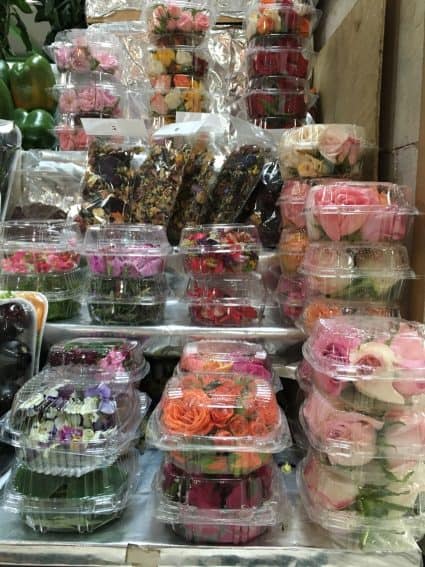
Flowers
Unlike insects, flowers have wide appeal, although not often as food. Many types of flowers in Mexico, however, are added to dishes as either a garnish or even the main ingredient like the squash blossoms that are melted in cheese.
Flowers also have a powerful symbolism tied to the Aztec god of flowers who helped create the earth. Thus, flowers are used in ritual and ceremony as well as on plates.
Marigolds, in particular, seem abundant in the market. They are an essential component to any Dia de Muertos altar and used as connections to the underworld and lost relatives.
Pulque
You have to be little brave to try pulque! The drink is sweet, slimy and a little-spoiled, tasting much like raw wine.
This particular drink cannot be found in the artisanal bars. Rather, it is served in cubbyhole bars frequented by hipsters and the down and out, or in dance halls where locals quaff the drink to lubricate their feet.
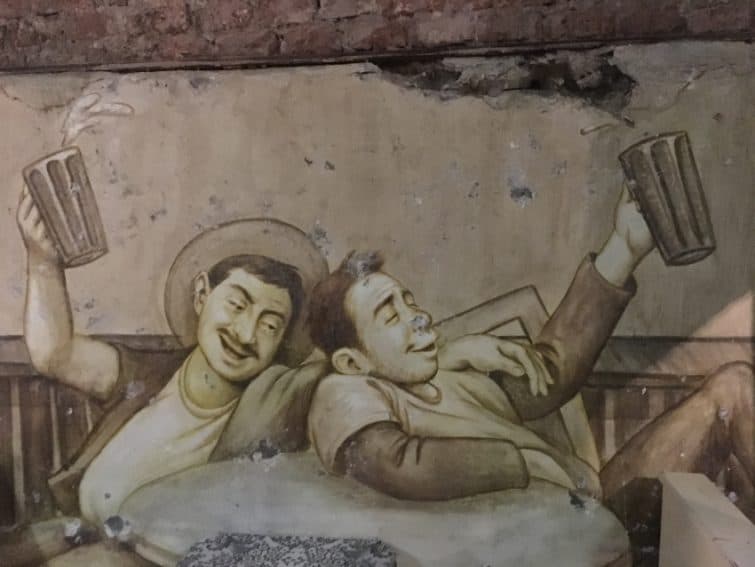
Once reserved for the royalty and religious elite, pulque was liberated to the masses after the fall of the Aztec Empire. Made from the self-fermenting sap of the maguey (agave) plant it must be handled very gently to prevent it from over fermenting and spoiling.
Even transporting the beverage in casks on trucks is too much moving and shaking for the delicate brew. As a result, it is a local specialty only really available within a small radius around Mexico City. The drink has a very low ABV, but the rumor is that if you drink enough, it is mildly hallucinogenic. Certainly not your average drink!
For the youthful, pensive experience, try La Nuclear Pulque in Roma Norte where there are two or three house flavors on offer any given week. It’s a quiet spot that is open late but has no menu.

For the dancehall vibe, on the other hand, go for the multi-floored Pulqueria Los Insurgentes off of Calle Insurgentes. This popular location has more flavors on offer and of course, also features dancing.
Chocolate

Chocolate is arguably the most famous product to have come out of Central America and Mexico treats it with respect. Fine chocolate stores abound in Roma Norte and surrounding areas.
It is hard to find a better way to enjoy Mexico City’s chocolate than to have it alongside churros. These deep-fried sugar-coated snacks make a better late-night snack than breakfast.
El Moro Churreria is arguably the best in town, with several locations. Their chocolate is rich and comes in some varietals allowing you to try the traditional Mexican, as well as French and Swiss versions.
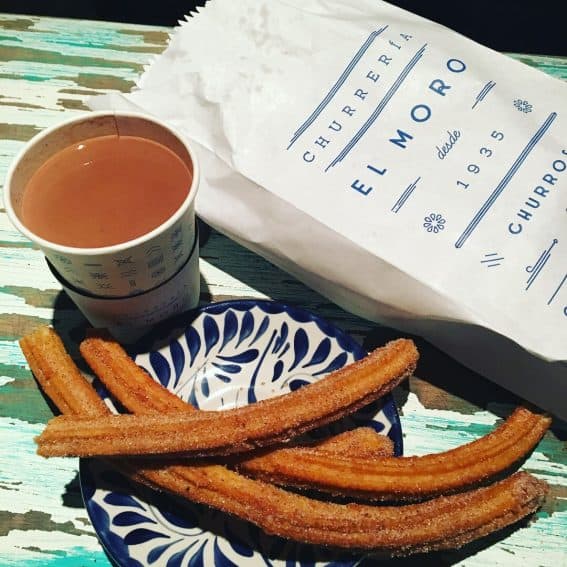
Once only for the wealthy elite, chocolate is also served as a drink and rivals coffee in its consumption. In Mexico City, drinking chocolate is serious adult business. It is not the seasonal, overly sweet confection reserved for children that it is in the States.
If You Go
Nefer’s Mole Poblano Course
You can book through AirBnB experiences at DIY Authentic delicious MOLE ¡Ajúa! Food & drink experience Hosted by Nefer
Pujol
Tennyson 133,
Polanco V Sección,
C.P. 11560,
CDMX, México
https://pujol.com.mx/en/
+52 55 5545 4111
Mercado San Juan
2ᵃ Calle de Ernesto Pugibet 21
Colonia Centro, Centro, 06000
CDMX, Mexico
El Moro
Many locations, including:
Frontera #122
Roma Norte, Del Cuauhtémoc,
C.P. 06700, Ciudad de México
http://elmoro.mx/
La Nuclear Pulqueria
Avenida Eje 2 sur ( Queretaro) 161
06700 Ciudad de México
+52 5574 5367
Pulqueria Los Insurgentes
Insurgentes Sur 226, Roma Nte.
06700 Ciudad de México
http://lapulqueria.org/
+52 55 5207 091
- Hanoi Vietnam: Visiting the Old Quarter, Dining with Locals - February 21, 2019
- Mexico City: Eating Like Our Ancestors - September 24, 2018
- Songs to an African Sunset: Zimbabwe Book Excerpt - July 21, 2016


